The exhaust system is tucked away underneath your vehicle, out of sight and out of mind, making it easy to ignore. You may not even know which parts make up the exhaust system—but now’s the time to learn.
By becoming acquainted with the various exhaust system components, such as the muffler and catalytic converter, you’ll be more in tune with your car. You’ll also be better prepared to talk to your mechanic or select parts for repair if any problems should arise.
Car Exhaust System Components

The exhaust system routes exhaust gases away from the engine and out the vehicle’s tailpipe. A typical modern exhaust system contains the following components:

Exhaust Manifold
Exhaust gases leaving the engine first travel through the exhaust manifold. The manifold collects the exhaust gases from the individual ports in the engine’s cylinder head, then routes those gases to the rest of the exhaust system.
Engines with a ‘V’ or flat configuration have two exhaust manifolds (one for each bank of cylinders), whereas inline or straight engines have just one manifold.

Catalytic Converter
The catalytic converter is an emissions control device that converts harmful exhaust gases into water, carbon dioxide, and nitrogen. Some catalytic converters are integrated into the exhaust manifold, whereas others are attached to the vehicle’s exhaust pipe. It’s also worth noting that some cars have just one catalytic converter, while others have as many as four.

Oxygen Sensors
Oxygen sensors measure the amount of oxygen (or the concentration of combustibles) in the exhaust gases leaving the engine.
Modern vehicles have both upstream and downstream oxygen sensors. Upstream oxygen sensors are located before the catalytic converter, while downstream sensors are located after the converter.
The engine computer, which is often referred to as the powertrain control module (PCM), uses data from the upstream oxygen sensor to regulate the engine’s fuel mixture. Meanwhile, the PCM primarily uses the signal from the downstream oxygen sensor for monitoring the health of the catalytic converter.

Exhaust Pipes
Various exhaust pipes connect the parts of the exhaust system together. The pipes are often made from aluminized or stainless steel to protect against rust and corrosion.

Muffler and Resonator
As its name implies, the muffler reduces or “muffles” the noise created by the engine. The exhaust system also has a resonator, which cancels out engine noises of specific frequencies.

Tailpipe
The tailpipe is the final link in the exhaust system—it routes the exhaust gases, which have been cleaned up by the catalytic converter, away from the vehicle and into the atmosphere.

Miscellaneous Exhaust System Components (Gaskets, Heat Shields, and Hangers)
Many people forget about the miscellaneous bits and pieces found throughout the exhaust system. For example, there are gaskets that seal the individual exhaust system components to one another.
There are also heat shields that protect the vehicle—and objects directly beneath it—against the heat from the exhaust system. Plus, there are hangers that serve as mounting points for the various exhaust components.

Common Exhaust System Problems
Like any part of your vehicle, the exhaust system can eventually have issues. The most common problems include:
Leaks
Over time, the various components found within the exhaust system can develop leaks. An exhaust system leak is a serious problem because it can expose you to deadly carbon monoxide. Furthermore, a leaking exhaust system can cause the oxygen sensors to interpret a false lean condition, potentially leading to engine performance problems and an illuminated check engine light.
Obstruction
Parts of the exhaust system can become obstructed due to impact damage or upstream engine problems. When the system becomes clogged, it creates excessive back pressure, effectively choking the engine. As a result, the vehicle may exhibit problems, such as lack of acceleration, hard starting, and an illuminated check engine light.
Loose Components
The heat shields in an exhaust system can become loose due to impact damage or missing fasteners. When this happens, you’ll likely hear a metallic rattling noise coming from the undercarriage.
Also, the exhaust hangers can become worn, allowing the exhaust system components to move around and cause clunking or banging noises.
Where To Buy Parts For Your Exhaust System
There’s no doubt that the exhaust system is essential to your vehicle, and keeping all its parts in tip-top shape is essential for smooth, clean driving. If you find any leaks, obstructions, or loose components among its parts, it might be time for a change. The last thing you want is for these issues to affect your vehicle’s emissions. Luckily, getting parts for your exhaust system is easy at CarParts.com.
You can find a variety of exhaust system components at CarParts.com, from oxygen sensors to catalytic converters and more. It takes just a few clicks to place an order through our convenient and secure checkout. Simply find the parts you need, double-check that they fit your vehicle, and proceed to checkout. If you have any questions, you can contact our friendly and helpful customer service team, who offer round-the-clock support.
Place your order for new and quality exhaust system components, including exhaust pipes and more, at CarParts.com today.
Products Mentioned in this Guide
Shop this Project





Any information provided on this Website is for informational purposes only and is not intended to replace consultation with a professional mechanic. The accuracy and timeliness of the information may change from the time of publication.

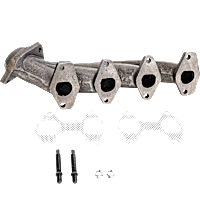 Exhaust Manifold
Exhaust Manifold
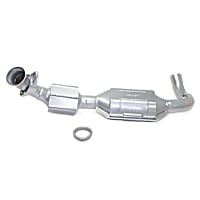 Catalytic Converter
Catalytic Converter
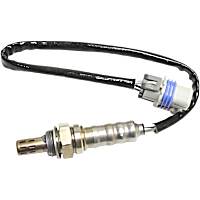 Oxygen Sensor
Oxygen Sensor
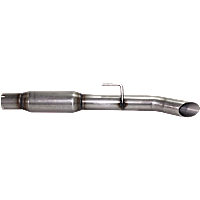 Exhaust Pipe
Exhaust Pipe
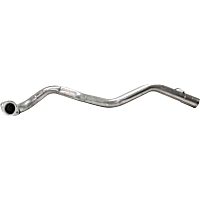 Tail Pipe
Tail Pipe
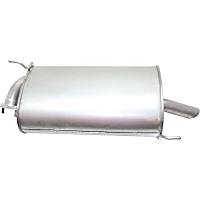 Muffler
Muffler


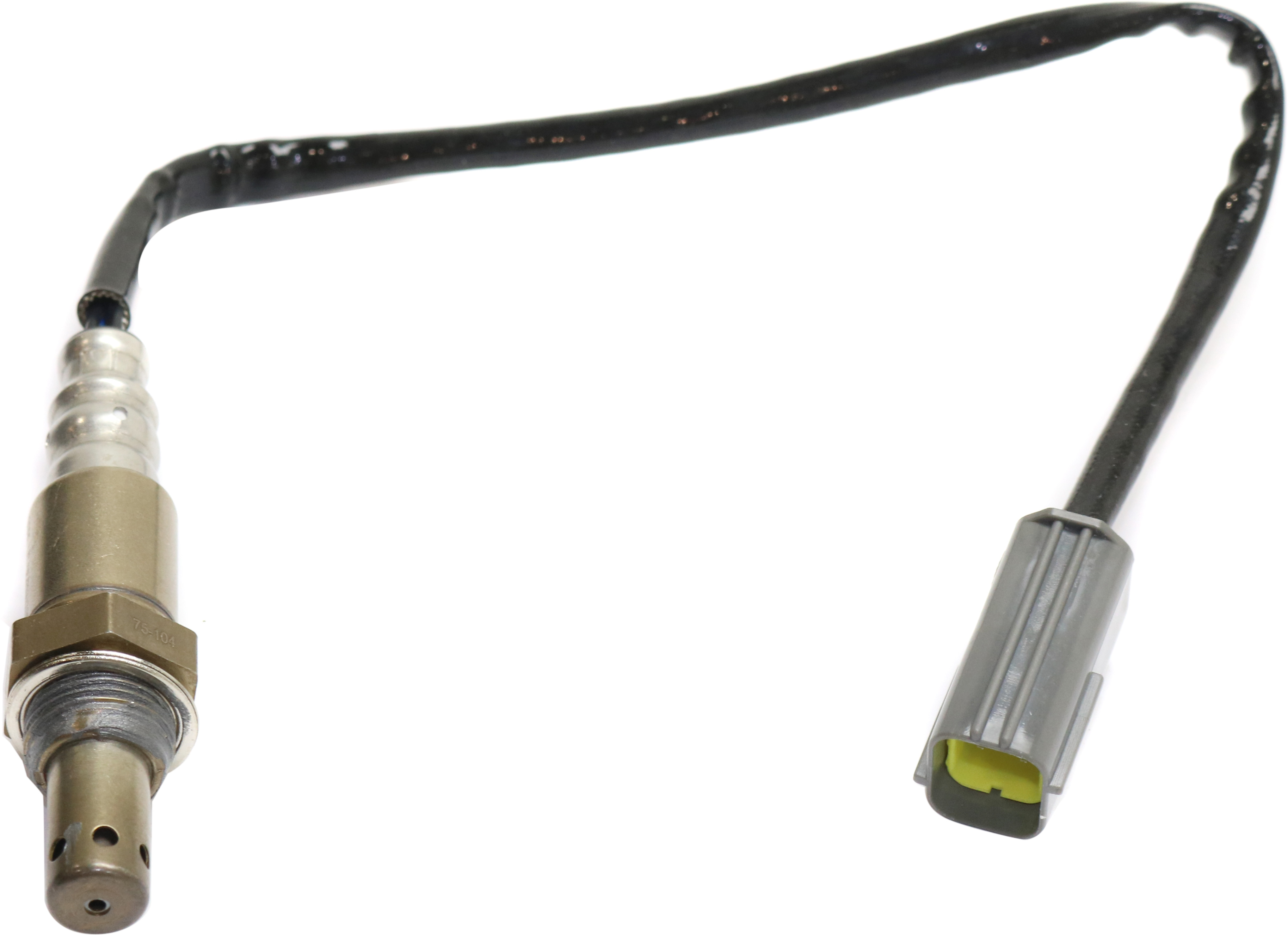
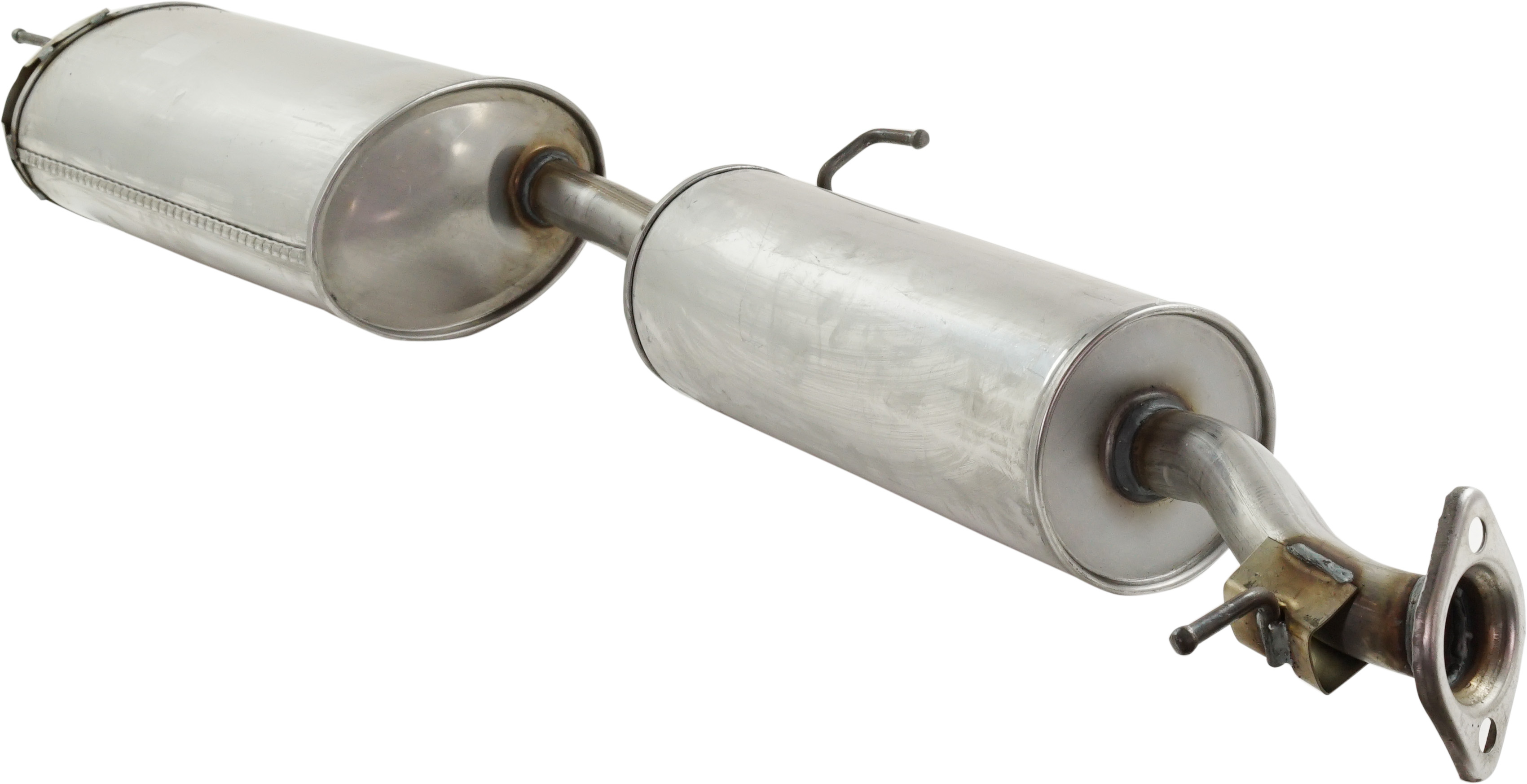
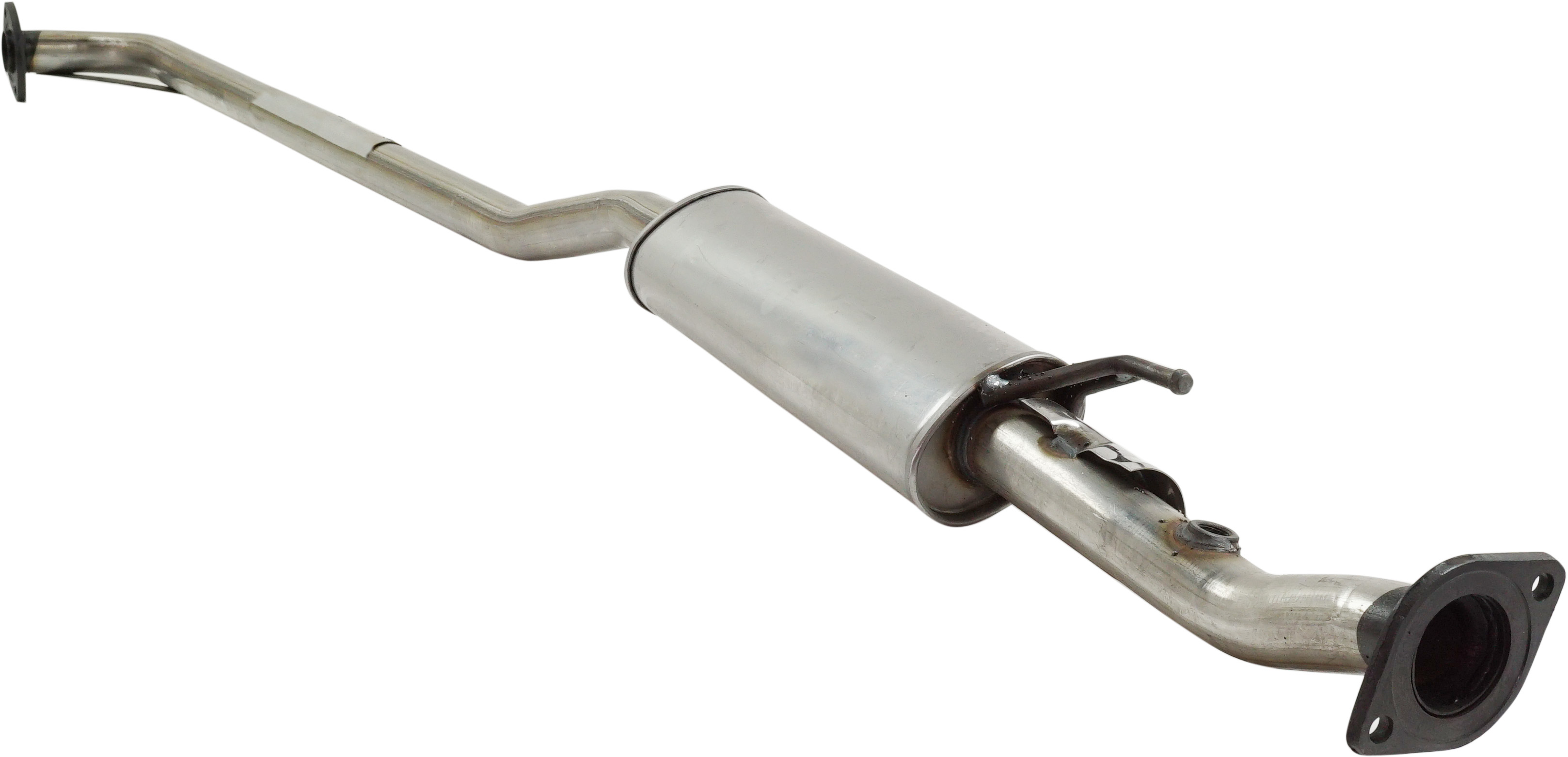



























Can car over heat from back pressure from clogged cat converter
Hello James,
Yes, it’s possible for a clogged cat to restrict the exhaust, creating excessive backpressure and heat that backs up into the engine.
-Mia, Chief Mechanic @ CarParts.com
I have blue smoke coming out my Exhaust and I’m burning threw oil within a WEEK with zero leaks with a P0420 code. I have a 2017 Hyundai Accent. Any suggestions.
Hello,
It sounds like you have an internal engine concern (worn rings and/or scored cylinder walls) resulting in oil consumption and smoke from the exhaust. The catalytic converter has likely been poisoned as a result of oil consumption.
This article is of great value. Thank you for making this available.